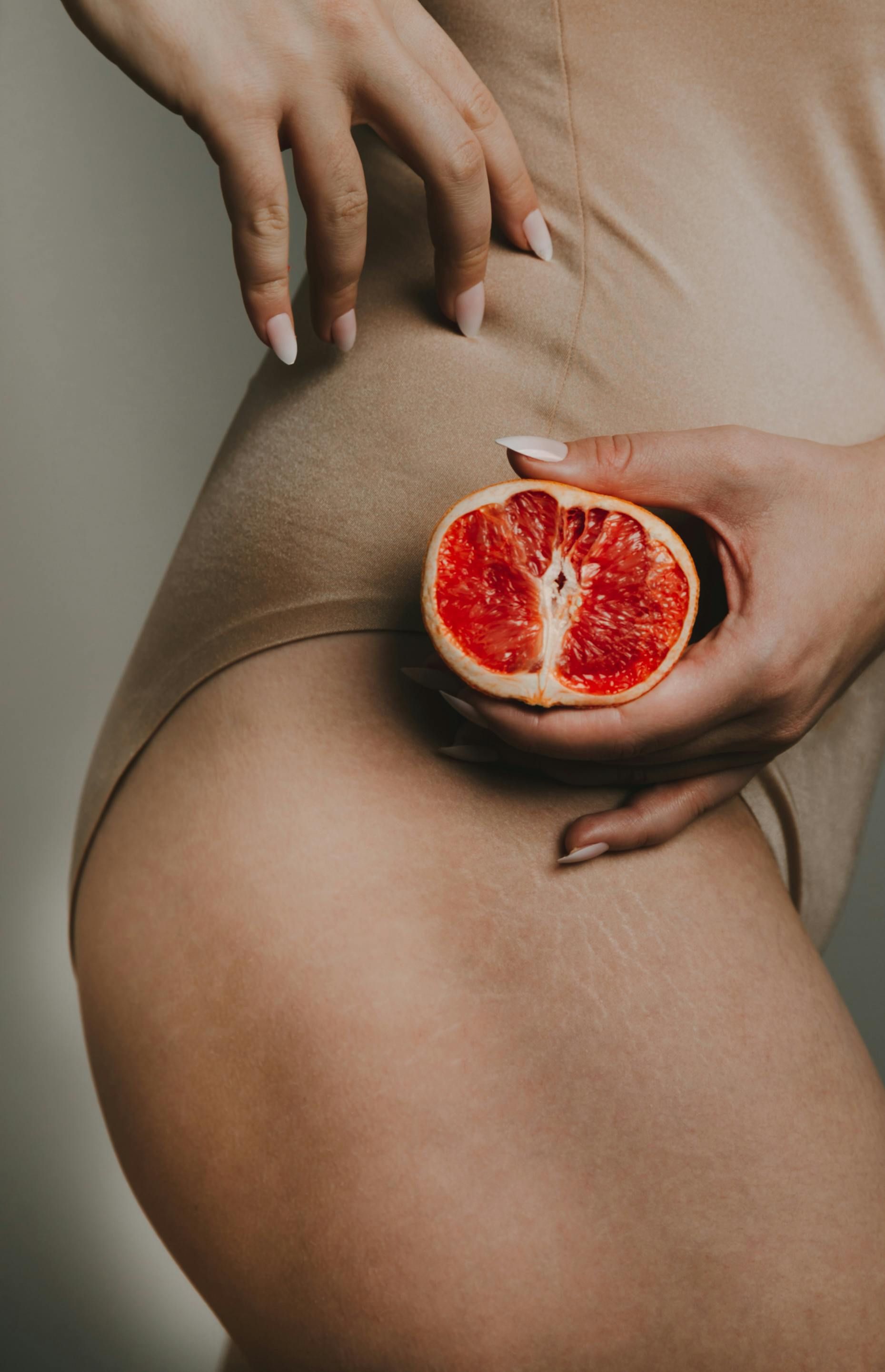Wellness today feels like an overly rigorous space to navigate. There’s the green juice league, the infrared sauna squad, and the ten-step morning routine athletes. Scroll through Instagram and you’ll find “balance” sold back to you in the form of powders, gadgets and extreme routines. But, somewhere between the turmeric latte and the monthly wellness subscription box, we forgot that balance was never meant to be this complicated.
“The concept of wellbeing is very misunderstood by most people. It isn’t about punishment or denial, it's about learning to listen to the body. Instead of asking ‘What do I need to eliminate or cut out?’ The better question is ‘What can I add to support and improve my health?’ When we focus on awareness, become mindful of how foods, habits, and even digital inputs make us feel, we move away from guilt-driven decisions. Awareness empowers us to build a balanced lifestyle that includes both nourishment and enjoyment,” says Neha Sahay, Nutritionist and Founder, Neha Sahaya Wellness.
The irony? Ancient systems like Ayurveda and yoga cracked the balance code centuries ago with hacks so embarrassingly simple, they’ve been dismissed as “basic.” But science is now catching up—and proving what your grandmother was quietly right about—balance doesn’t come from the next expensive superfood, but from being aware and introducing small, steady habits that can actually be sustained. “As a nutritionist, I believe that health isn’t about extreme cleanses or dramatic shifts, but about consistency, awareness, and compassion toward yourself,” adds Sahay.
So instead of buying another adaptogenic blend, here’s a refresher on the old-school balance tricks that have stood the test of time. Spoiler: they don’t just work, they’re often free.
The body already knows what it needs, we just forgot to listen
One of Ayurveda’s biggest truths is that your body constantly seeks balance on its own. It craves opposites: heat balanced with cooling, movement balanced with stillness, stimulation balanced with silence. Modern science calls this homeostasis: your body’s endless loop of recalibration. The problem is, we keep overriding these signals with rigid routines and extreme hacks.
Take seasons. Ayurveda insists you eat, sleep, and move in sync with nature—lighter foods and longer evenings in summer, heartier meals and earlier nights in winter. Or look at the whole “early dinners” thing your grandparents nagged about. Ayurveda has always said: main meal at lunch, lighter dinner before sundown. Today’s chronobiologists say the same: digestion slows at night, glucose spikes harder, and sleep quality dips when you eat late.

Then there’s circadian fasting. Before it was rebranded as “intermittent fasting,” Ayurveda already suggested not eating between dinner and sunrise to give the body its natural repair window. Research now shows this helps regulate insulin, reduce inflammation, and improve cognitive health. Again, nothing new—just ancient wisdom catching a new name.
And perhaps the simplest one: rising with the sun. Ayurveda calls these hours Brahma Muhurta—when your mind is clear, cortisol naturally peaks, and your brain is primed for focus. Modern sleep science? Same conclusion. The morning light resets your circadian clock, balances hormones, and even stabilises mood.
Food isn’t complicated, but we made it so
Here’s the thing: food was never meant to be a puzzle. Our kitchens already held the blueprint; then, somewhere along the way, we outsourced it to supplements, powders, and detox plans. Take hot water. The simplest, most boring beverage in the world, and yet, the original “detox drink.” It aids digestion, improves circulation, and resets the body better than any expensive trend.

Or the spice box. Your masala dabba isn’t just flavour, it’s your one-stop pharmacy. Turmeric fights inflammation, jeera is great for digestion, and ajwain helps with bloating. And the habits around food were never about restriction, but rhythm. A walk after meals to stabilise blood sugar. Sleeping on your left side aids digestion. Hacks so small and unglamorous, we wrote them off as “too easy.” But that was the point; wellness is to be lived in daily life, not on a label.
Rest is not indulgence, it’s maintenance
Don’t know how, but rest today is framed as a luxury—reserved for spa days, retreats, or expensive sleep gadgets. But Ayurveda treated rest the way we treat brushing teeth: maintenance, not indulgence.
A few minutes with your legs up the wall is enough to calm the nervous system. A daily oil massage—Abhyanga—wasn’t about pampering, it was about cortisol reduction and circulation, proof that “self-care” long predated scented candles. Even lying down after a meal, so often dismissed as laziness, was strategic: a short recline aids digestion. “Dedicate 15 minutes twice a day to deep breathing exercises to reduce stress. Chandanwari foot massages, castor oil packs for skin and hair, and shatpavali (walking 100 steps after a meal) or sitting in vajrasana for five minutes are sustainable practices that can benefit you”, says Shweta Shah, a celebrity nutritionist with over 20 years of experience.
Cold showers, too, weren’t about punishment but balance. Alternating heat and cold stimulates circulation, jolts dopamine, and steadies mood. Today we call it biohacking, but the goosebumps were always the point.
Rituals beats routines
If modern wellness thrives on routine—apps, schedules, trackers—Ayurveda thrived on ritual. The difference? Routines are mechanical. Rituals are meaningful. And meaning is what leads to consistency. “Think about learning to drive a car. In the beginning you have to think about every single move like the clutch, gear, mirrors and brakes and it feels awkward. But after months of steady practice you can do it almost automatically without thinking. That is your brain wiring a habit through repetition. The same principle applies to health habits. Small, steady actions literally build stronger pathways in the brain, while extreme short-term efforts do not stick,” says Miloni Ruparelia, mental health therapist and clinical psychologist.
To this, Sahay adds, “our brain thrives on reward pathways. When we set small, realistic goals like adding a serving of vegetables, walking 10 minutes, or cutting screen time by 15 minutes the chance of us succeeding increases, and success itself becomes motivating. Radical overhauls, in contrast, overwhelm the brain’s reward system, leading to frustration and eventual relapse. Neuroplasticity the brain’s ability to rewire is built on repetition, not revolution. Incremental changes allow those new neural pathways to solidify, making healthy habits part of everyday life.”
Balance is not a product. It’s a practice
“Physiologically, drastic calorie cuts or elimination diets leave us tired, irritable, and craving the very foods we’ve sworn off. Psychologically, abstinence fuels an “all-or-nothing” mindset: one slip feels like failure, and people give up entirely. In short, these plans rarely align with how real life or human biology works. That’s why it is scientifically proven that having a balanced diet which matches with your lifestyle helps you achieve your health goals without compromising your physical and mental health,” says Sahay.
Ayurveda and yoga aren’t prescribing hacks to make life harder. They remind us that the body, left to its own rhythms, already knows what balance feels like. Which is why the smartest wellness move in a world chasing Version 4.0 might just be circling back to Version 1.0. Because balance was never complicated. We just forgot how embarrassingly simple it always was.
Sign up to HSBC Premier Banking for insider access to leading wellness experts.




